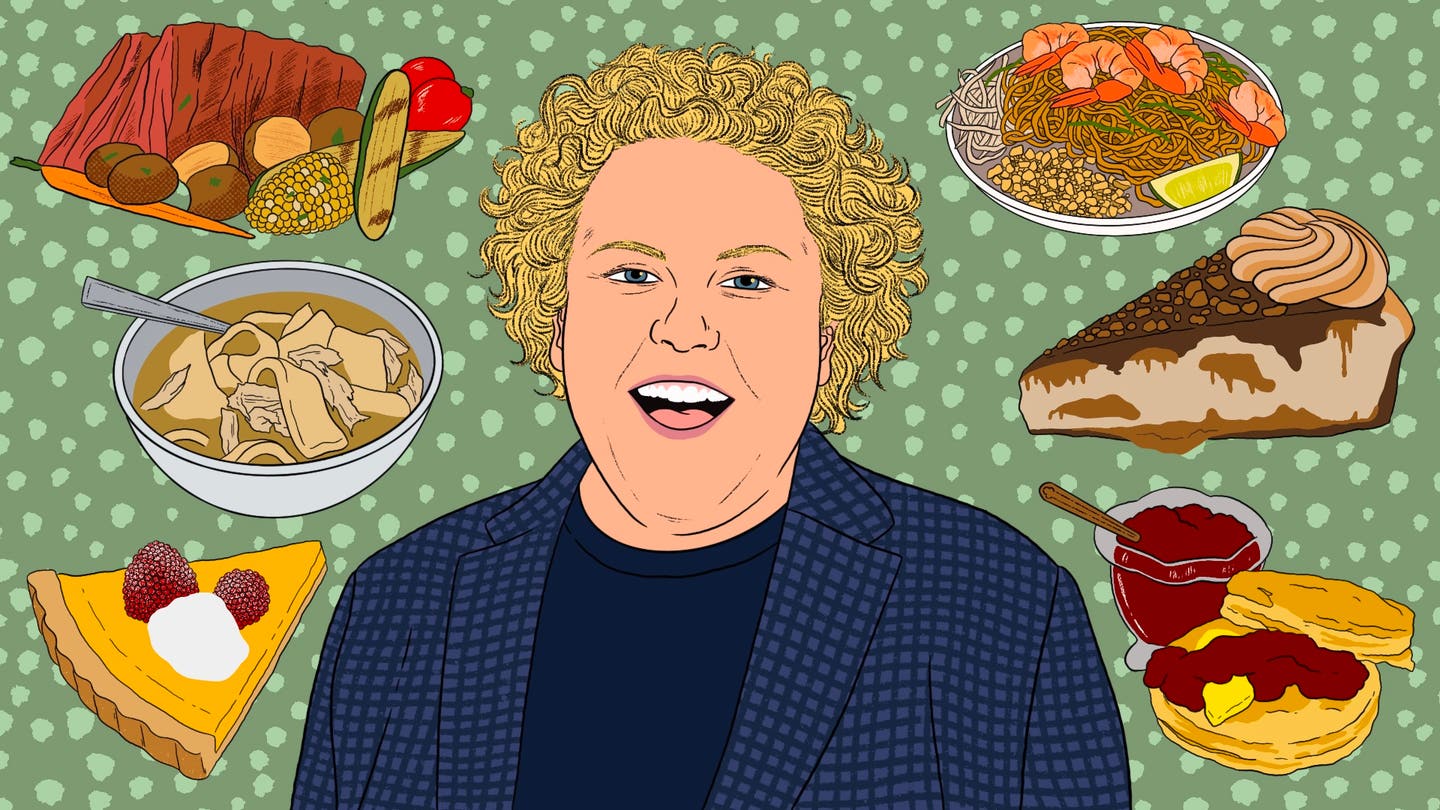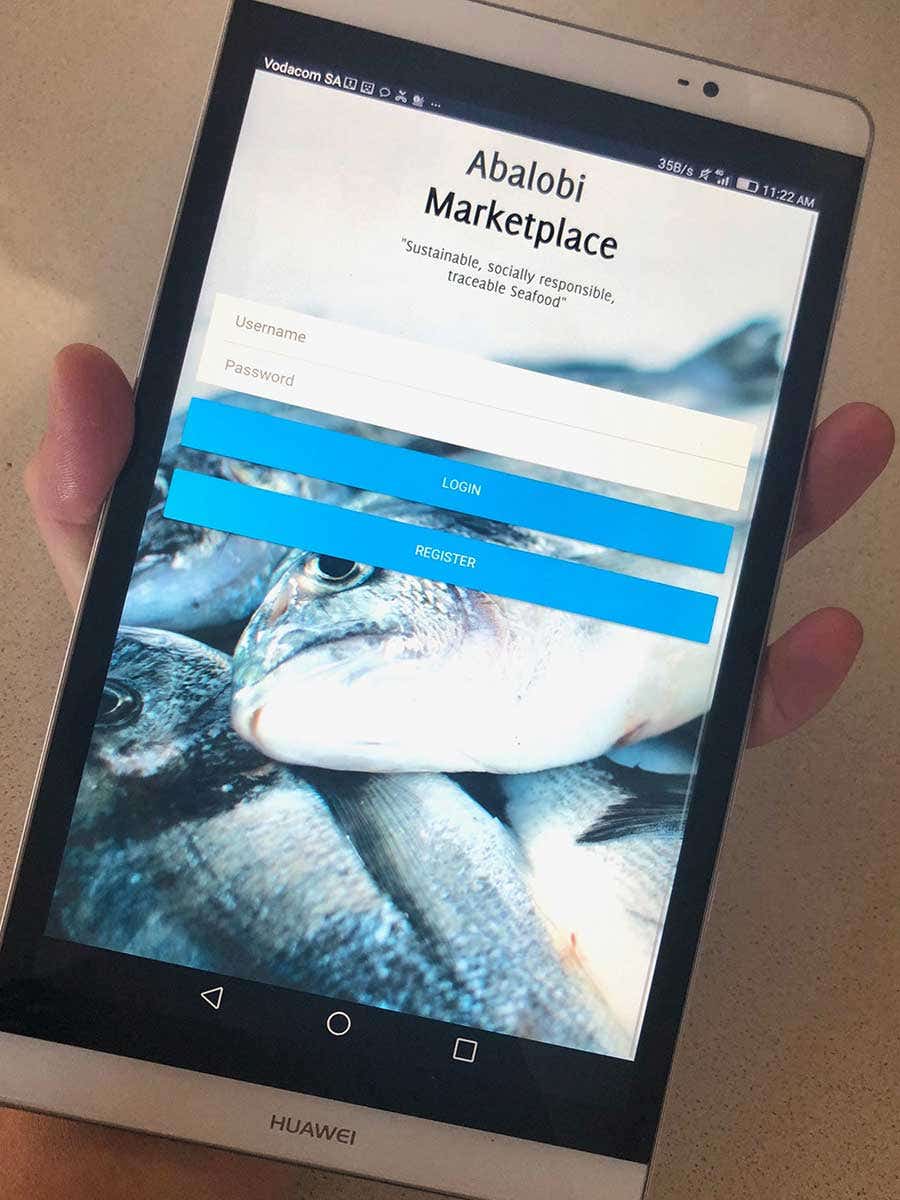
This App Is Providing Job Security to Traditional South African Fishers
A smartphone app called Abalobi is changing the lives of small-scale fishing families on South Africa’s coastlines—for the better
You wouldn’t think a smartphone app would matter much to a guy like Theunis Newman—the fourth-generation fisherman’s home is decked with a seasoned barometer, a model galleon, a clock set in a wooden ships wheel, and a hand-made sign that says “Uncle T’s Boat House.”
Yet, to Newman and his wife Miemie—one of 230 families linked to the Abalobi initiative in South Africa’s traditional Cape fishing communities—an inexpensive Android phone loaded with the Abalobi App Suite is as valuable as an heirloom weatherglass. For the first time in their lives, getting a fair price for their catch is a reality.
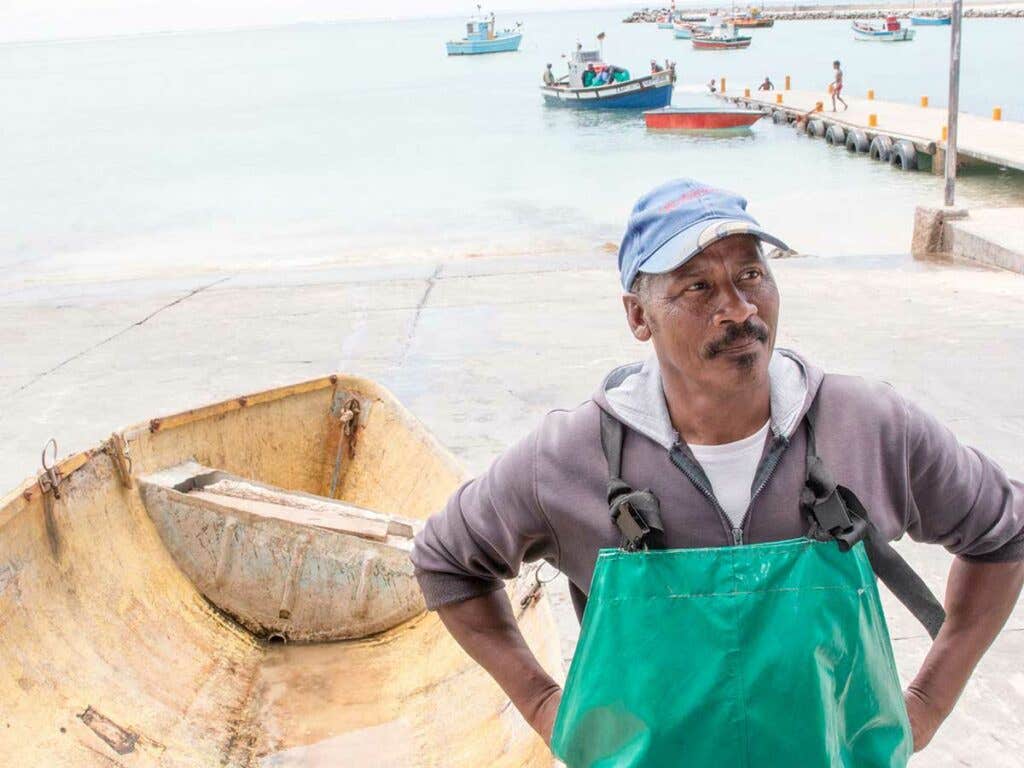
Mention “Abalobi” (which means “fisher” in the isiXhosa language) in Struisbaai North, where the Newmans live, and you get the kind of goofy grins normally associated with young love. About 135 miles southeast of Cape Town, this community was one of many townships to which fishing families of color were forcibly and systematically relocated during the Apartheid years—often farther from the sea than where they and previous generations had lived. For decades, it’s been a struggle for South Africa’s traditional fishers to make ends meet and overcome exploitation and marginalization. Even after 1994, when the country became a democracy, new regulations, questionable and often punishing quotas, tedious government reporting systems, and debt incurred from boat financing practices continued to bar them from achieving job and food security.
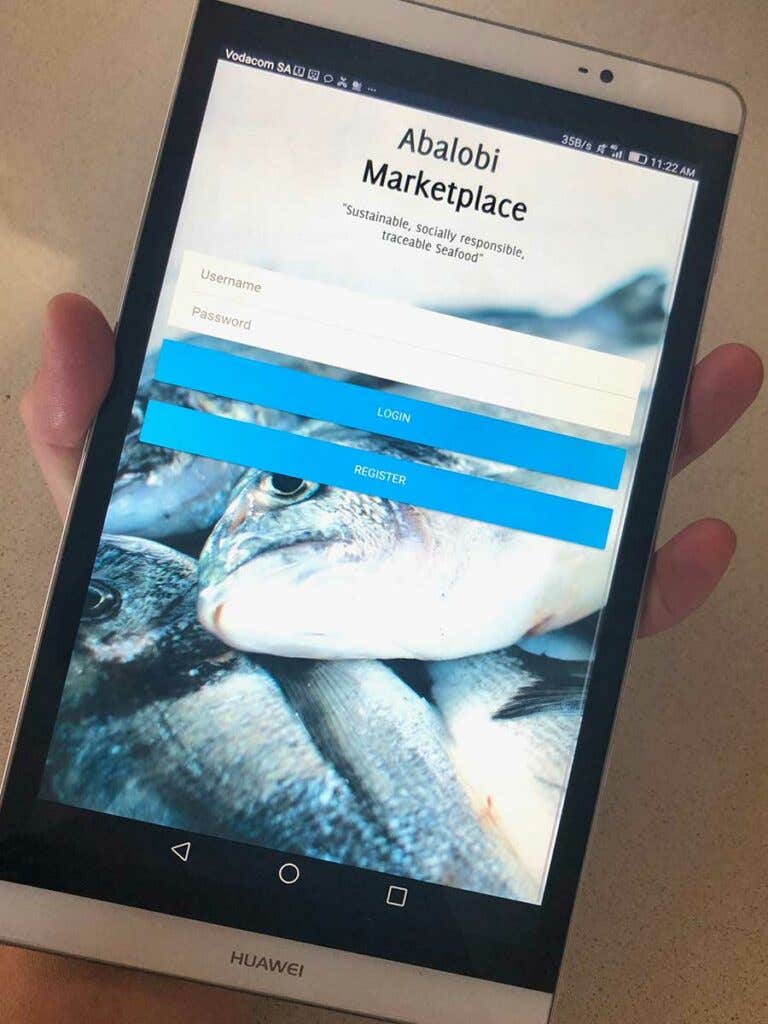
So when Abalobi co-founder Dr. Serge Raemaekers, a fisheries researcher and social entrepreneur, arrived in Struisbaai discussing “data capturing,” he was met with unsurprising skepticism. Raemaekers’ idea was that a smartphone app could enable the fishers to better collect and manage fishing data that might give them more agency in their businesses. But the first Abalobi meeting in Struisbaai was almost a non-starter: None of the fishers showed up. “As I walked out of the library, I saw these five guys standing around,” says Stuart du Plessis, now Abalobi’s Struisbaai operations manager. He got their attention, and “luckily, they were all skippers.”
Newman was one of those first five Struisbaai fishers to pilot the app (a simultaneous pilot project took place in Lamberts Bay, up the Cape's West Coast). Each received a basic smartphone loaded with the app and some cellular data. Two other apps sweetened the deal and provided a stimulus for using the phone: Windfinder, for detailed marine forecasts (previously, in Struisbaai, fishers relied on TV weather forecasts and printouts obtained from the local library), and Telegram, a closed chat app for communicating within their fishing community. "People wouldn't stop talking, even at 11:00 at night!" says du Plessis.
There were few problems, and those that arose were quickly corrected, like early struggles with data collection. Out at sea there was no connectivity, and initially, fishers weren’t able to capture data, but the app was quickly reconfigured to enable offline data logging. Once on land and reconnected to a network, they could upload their data to a server. Another that Newman still laughs about: “The guys were used to the old push button phones … they kept saying: There’s something wrong with these phones because my thumbs are too big!”
The first Abalobi app was designed by Raemaekers at the University of Cape Town with input from fishers, and the help of an Information Systems student. “We puzzled it together using DIY kits and open source stuff we found online,” he says.
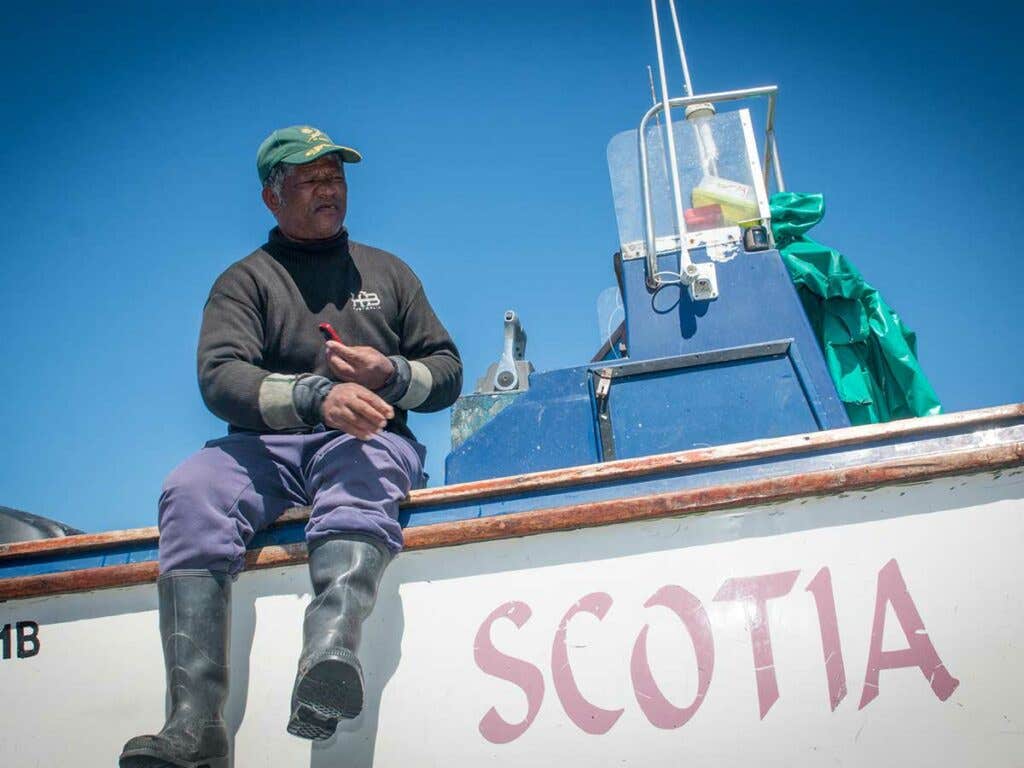
It started simply, with a five-screen document on which fishers would record their data: when they went to sea, what the conditions were, how many fish they caught. They could also take a picture of the fish and upload it. “Then, the guys asked to add catch weight and money, so they could calculate how much they could earn,” says du Plessis. “They wanted to know how much they were spending on petrol.” One fisher had a habit of going into the shop when he fills up the tank and buying snacks for his children. “He wanted to work out how much money he was spending on samoosas over a year!”
“As the user base grew, the feature base grew,” says Raemaekers, and eventually a software engineer joined the team. “The tech has made a huge impact,” says Peettie Groenewald, another pilot project skipper. “Now we can plan better. We can better pinpoint how long the winds will blow for, how much fuel and bait we’ll need.” He explains that before, on windy mornings, they would assume those conditions would last through the day and cancel any planned fishing trips. But now, with more precise weather data, they can fish during these accurately predicted smaller windows of time. These small adjustments have had a huge impact on cash flow and profit.
But the real game changer was Abalobi Marketplace, which since March 2018, has directly connected fishers to Cape Town chefs, cutting out brokers who previously took most of the profit.
The Abalobi team handles the logistics: transporting cooler boxes of catch cleaned to stringent specs by the fishers and QR-coded by the app for 100% traceability, to some 100 restaurants in and around Cape Town. A logistics fee of about 5% of the total is charged to each restaurant by the non-profit organization—so the fishers keep everything they earn. The Marketplace has taken off like a speedboat, far exceeding expectations, and turning the normal lean winter months for fishers into a viable and even profitable season. Encouraged by Abalobi to fish for underappreciated silverfish (also known as carpenter), cape bream or even gurnard, the Struisbaai fishers have found an appreciative market.
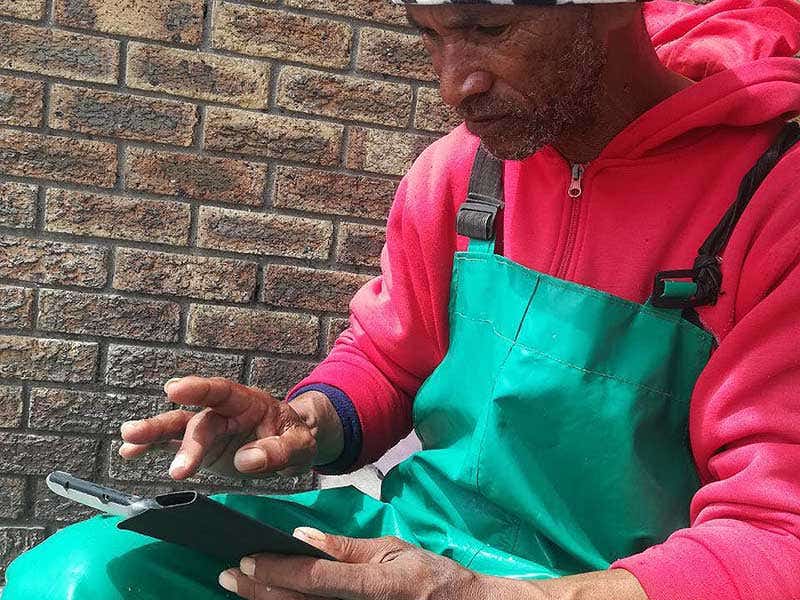
“My prices have increased by four times,” says Newman. “We are getting 80 Rands per kilo for our yellowtail sold through Abalobi, whereas last season it was between 23 and 45 Rands,” adds John Grandfield, who’s been fishing since he was 13. In 2011, after a lifetime of fishing, he nearly gave up, times were so tough. “In the past, all the money was put into the boat and went to diesel,” says Grandfield’s wife Thelma, while a grandchild nestles in her lap. “Today the boat sorts itself out, and there’s money left for the house.”
In the old system, brokers paid fishers weekly. The skippers now operate differently, receiving payment themselves soon after each delivery. “We can pay our crew more frequently, so they have money for food or to go to the doctor,” says Newman. “The old system of payment was holding everybody back. Now, it is becoming better, slowly but surely.” This also means they can fish less, and know they are leaving more fish in the ocean for the future.
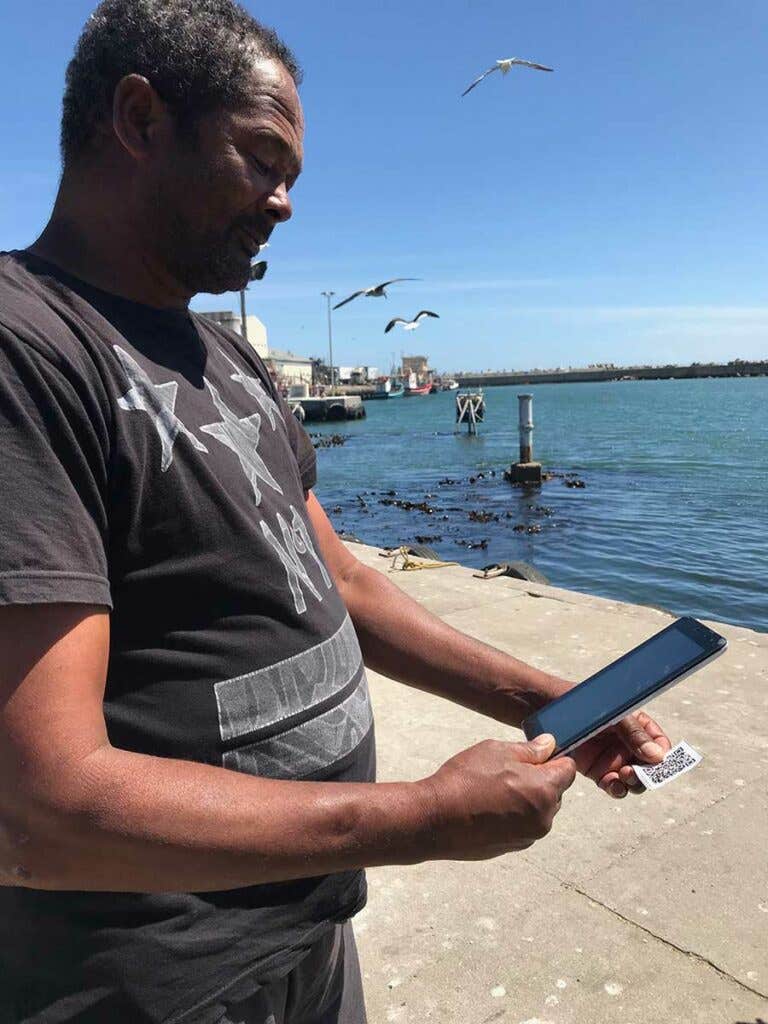
The next step for Abalobi is to assist the fishers’ move from an informal type of business to a more structured, resilient one. A major tool will be the complete integration into the app of Abalobi E-Wallet, a transactional platform into which fishers currently receive payments from restaurants. “This means they will have the option of allocating some of their income to savings, which can be a static amount, or they can opt to save more if they’ve had a really good catch. This is something the fishers have asked for from the beginning,” says Raemaekers.
The team is looking at other ways to extend the Wallet’s power: from retail stores where fishers shop to payment cards, and even possibly coordinating with banks to provide life and asset insurance. All this will help the fishers to build credit profiles and ultimately access financial services that were never available to this marginalized sector.
Raemaekers hopes to see 3,000 fishers on Abalobi by 2021. The model is moving internationally as well, with a live trial in the Seychelles in December 2018 and pilot projects soon in The Comoros and Tanzania. While he believes it’s impossible to reconfigure all industrial fisheries and global supply chains, we can do better. He sees the app as a tool to gather details that can help finetune fisheries management and stimulate a different type of food system, one which reconnects local food with community. “If we embrace this kind of model, and connect a whole lot of nodes like ours, we can minimize our carbon footprint and have a better chance of sustainability in the future.”
Back in Struisbaai North, Groenewald shows me his barometer, a treasured gift from a fellow fisher that, despite the new tech in his life, isn’t just a sentimental keepsake. He still uses it. These fishers—called “fisher entrepreneurs” by Abalobi—are the real stewards of the sea. Hopefully, with the help of a little tech, their knowledge and experience will finally be valued.
Keep Reading
Continue to Next Story









